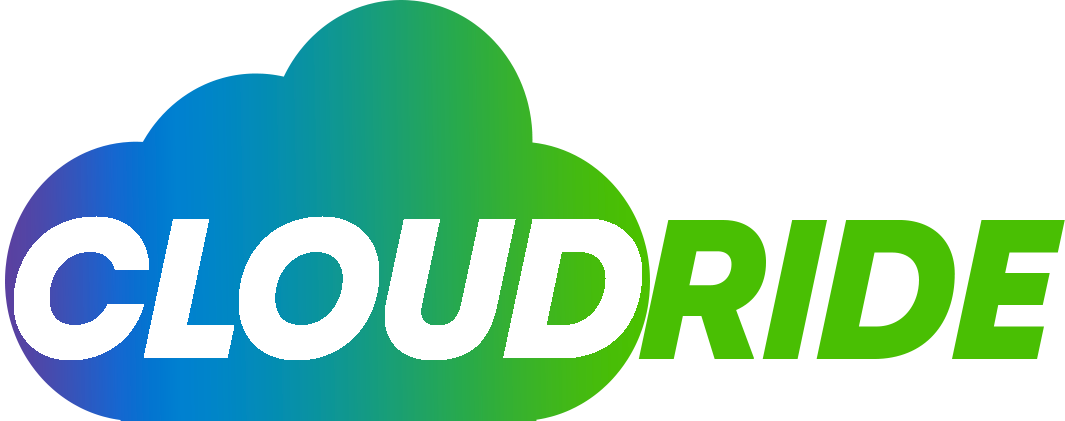As digitization advances, cloud computing and IoT are becoming increasingly crucial for the medical field. Making in-depth diagnoses and successful treatments in hospitals and monitoring patients at home are made possible by the Internet of Medical Things (IoT). The patient’s data is collected and analyzed through the use of cloud-based medical solutions and connected devices.
IoT Changes the Equation in Healthcare
Bringing together key technical and business trends such as mobility, automation, and data analytics to improve patient care outcomes is the key to transforming healthcare with the Internet of Things (IoT). A physical object is connected to a network of actuators, sensors, and other medical devices that capture and transmit real-time data about its status. These devices can collect data, which the health center then analyzes to:
- Improve patient care by offering new or improved healthcare delivery and services to help data handling healthcare organizations differentiate themselves from the competition.
- Learn more about patient needs and preferences, enabling healthcare organizations to deliver better care and a personalized care experience.
- Make hospital networks smarter by the real-time monitoring of critical medical infrastructure and the automation of the deployment and management of IT infrastructure.
In 2025, the Internet of Medical Things will be worth $543B
IoT medical device providers that provide reliable, secure, and safe products will win, while those that do not will be left behind on the Internet of Medical Things market, which is will grow at a CAGR of 19.9% by 2025.
Cloud IoT Scenarios and the Benefit for Healthcare
Cloud IoT solutions for healthcare can make healthcare organizations smarter and enable them to attain success in patient outcomes and patient experience. Medical IoT can redefine the interaction and connection between users, technology, and equipment in healthcare environments, thereby facilitating the promotion of better care, reducing costs, and improving outcomes.
Applications of MIoT solutions:
- Connected medical equipment, such as MRIs and tomography scanners. These devices generate vast streams of data that interact with other IT infrastructures within the network, providing processing such as analysis and visualization.
- Portable medical devices and remote patient monitoring provide safer and more efficient healthcare through real-time patient vital signs monitoring, post-operative follow-up, and treatment adherence, both in the hospital and remotely. With portable sensors on the body, physicians monitor remotely and can respond to patient’s health status in real-time
- CCTV cameras and security doors with electronic ID card readers increase security and prevent threats and unauthorized entry and exit.
- Monitoring medical assets, using Bluetooth Low Energy (BLE) to monitor and locate medical equipment, drugs, and supplies.
- Preventive maintenance solutions for medical equipment to avoid unplanned repairs to medical equipment, devices, and systems.
The Challenges of Deploying IoT
MIoT enables unprecedented data flow management, posing a real challenge for the performance, operation, and management of the cloud network infrastructure, with security risks of all origins.
In addition, it increases the risk of cybercrime for healthcare organizations. As a result of the proliferation of sensors and connected devices in the healthcare industry, there has been an explosion of cybersecurity threats.
In healthcare, IoT devices might face particular security risks since many IoT devices aren’t built with security requirements in mind or are manufactured by companies who don’t know what these requirements are. This is resulting in IoT systems becoming weak links in hospital and healthcare cybersecurity.
IoT cloud network infrastructures for healthcare have to be built securely to protect devices, traffic, and IoT networks, a challenge not addressed by existing security technology. Multiple security measures are needed to achieve this goal.
Healthcare organizations must adapt their traditional network designs to provide the network with a higher level of intelligence, automation, and security to solve these problems.
Managing and operating a cloud network infrastructure suitable for hospitals, clinics, and healthcare facilities need to be secure and privacy-compliant. Infrastructural requirements include:
- Must enable the integration of IoT devices in an automated and simple manner. A large number of devices and sensors make managing large IoT systems difficult and error-prone. An automatic integration system recognizes and assigns devices within a secure network to proper locations.
- In order for the IoT system to work properly and efficiently, cloud network resources should be sufficient. An important aspect of the IoT system is the provision of crucial data, which needs a certain level of quality of service (QoS). The provision of reliable service is dependent on the reservation of an appropriate bandwidth over a high-performance cloud network infrastructure.
- Protect your data and network from cyberattacks. Cybercrime is a serious concern due to the vulnerability of IoT and cloud devices. Security is crucial to reduce the risks.
Cloudride helps hospitals, clinics, and healthcare facilities deploy cloud IoT systems to optimize their products and services, processes, save staff time, make workflows more efficient, and improve the quality of patient service. Contact us here to learn more!


